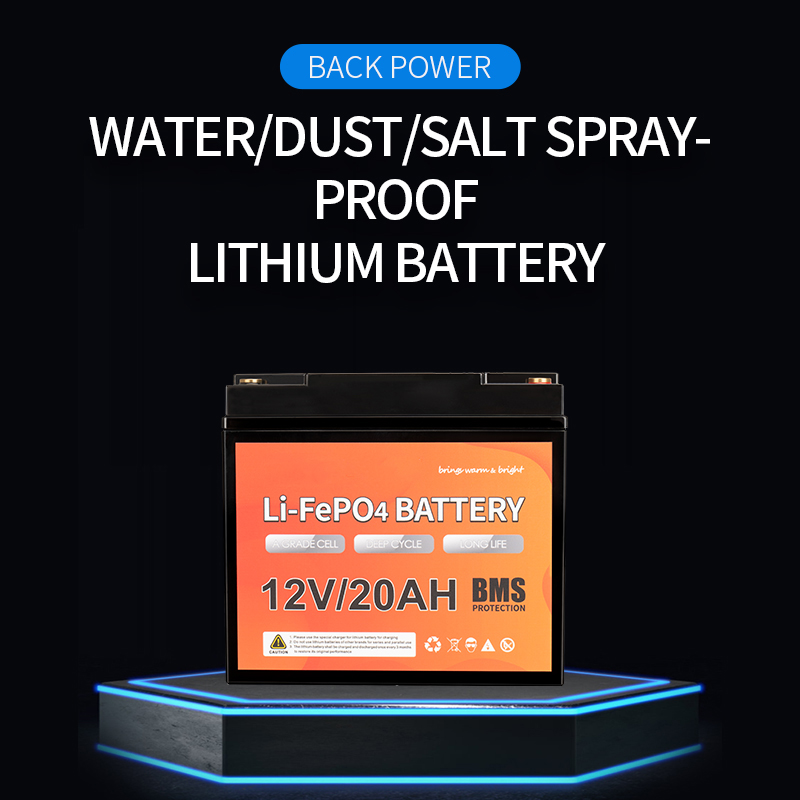The Pivotal Role of Energy Storage Lithium Battery Packs in Renewable Energy Systems
2024-06-17
In today's quest for a greener and more sustainable future, renewable energy systems like solar and wind power have become indispensible. However, the intermittency and variability of these energy sources pose a significant challenge. This is where energy storage lithium battery packs play a pivotal role, bridging the gap between energy generation and demand.
Renewable energy sources, such as solar photovoltaic panels and wind turbines, produce electricity only when the sun is shining or the wind is blowing. This means that during periods of low solar radiation or calm weather, the output from these systems drops significantly. Energy storage lithium battery packs help address this issue by storing the excess energy generated during peak production hours and releasing it when demand exceeds supply.
The role of lithium battery packs in renewable energy systems is twofold. Firstly, they provide a buffer during periods of low energy production, ensuring a consistent and reliable supply of electricity. This is crucial for maintaining the stability of the grid and preventing blackouts or brownouts.
Secondly, energy storage lithium battery packs enable the integration of renewable energy into existing power grids. By storing energy during peak production hours and releasing it during peak demand hours, battery packs help balance the load on the grid, reducing the need for conventional fossil fuel-based power plants. This not only reduces greenhouse gas emissions but also improves the efficiency and reliability of the overall energy system.
The use of lithium battery packs in renewable energy systems is becoming increasingly common. Lithium-ion batteries are preferred due to their high energy density, long lifespan, and fast charging capabilities. As battery technology continues to advance, the performance and cost-effectiveness of these systems are expected to improve further.
In conclusion, energy storage lithium battery packs play a crucial role in renewable energy systems. They help bridge the gap between energy generation and demand, enabling the integration of renewable energy into existing power grids and contributing to a greener and more sustainable future.



